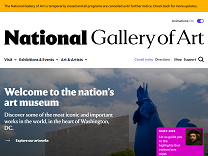French Paintings of the Fifteenth through Eighteenth Centuries: A Lady in Her Bath, c. 1571 | National Gallery of Art https://www.nga.gov/research/publications/french-paintings-fifteenth-through-eighteenth-centuries/french-paintings-fifteenth-through-eighteenth-centuries-lady-her-bath-c-1571
within the framework of courtly, idealized love. [40] Jillian Bradshaw and Dorothy M.

